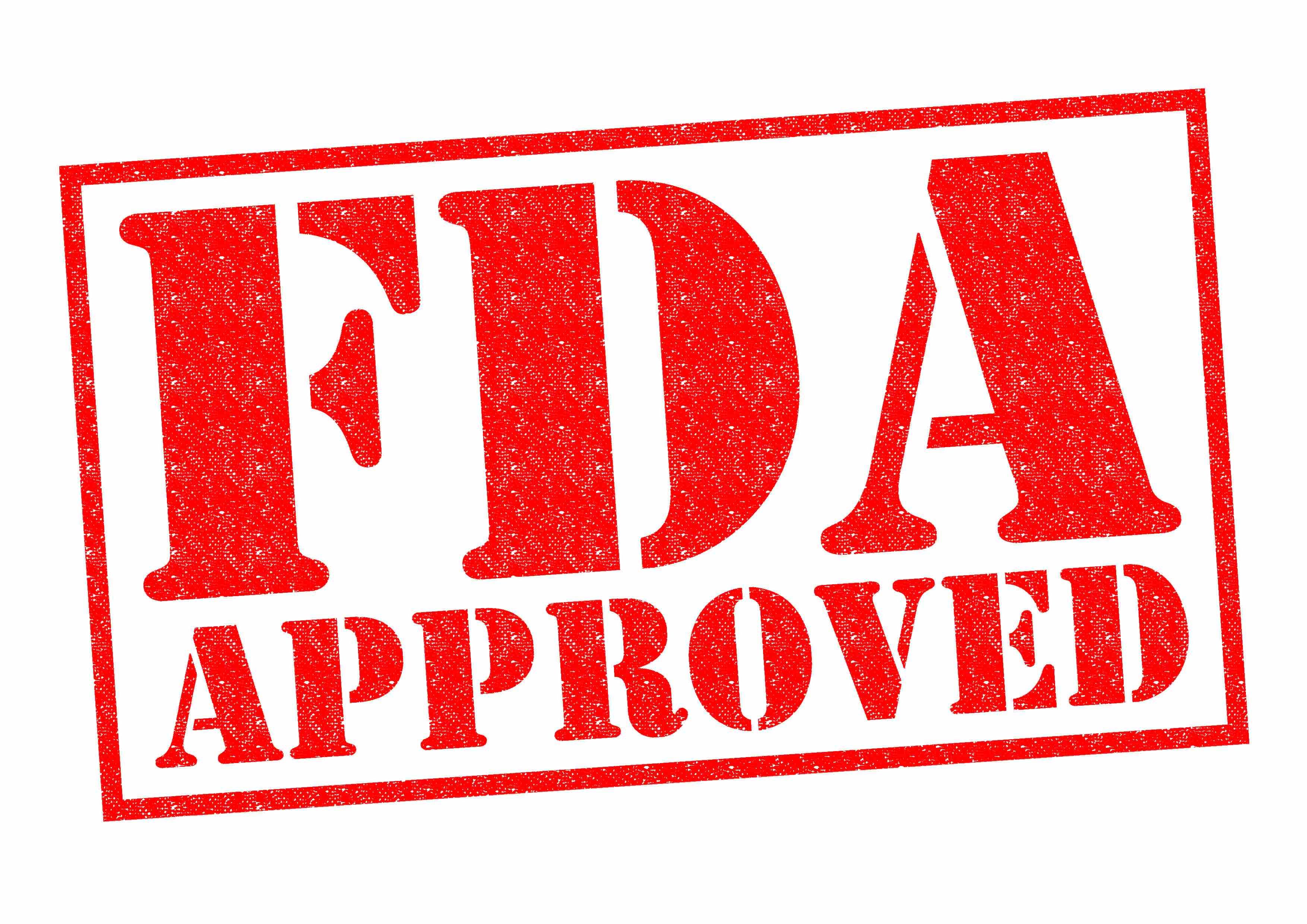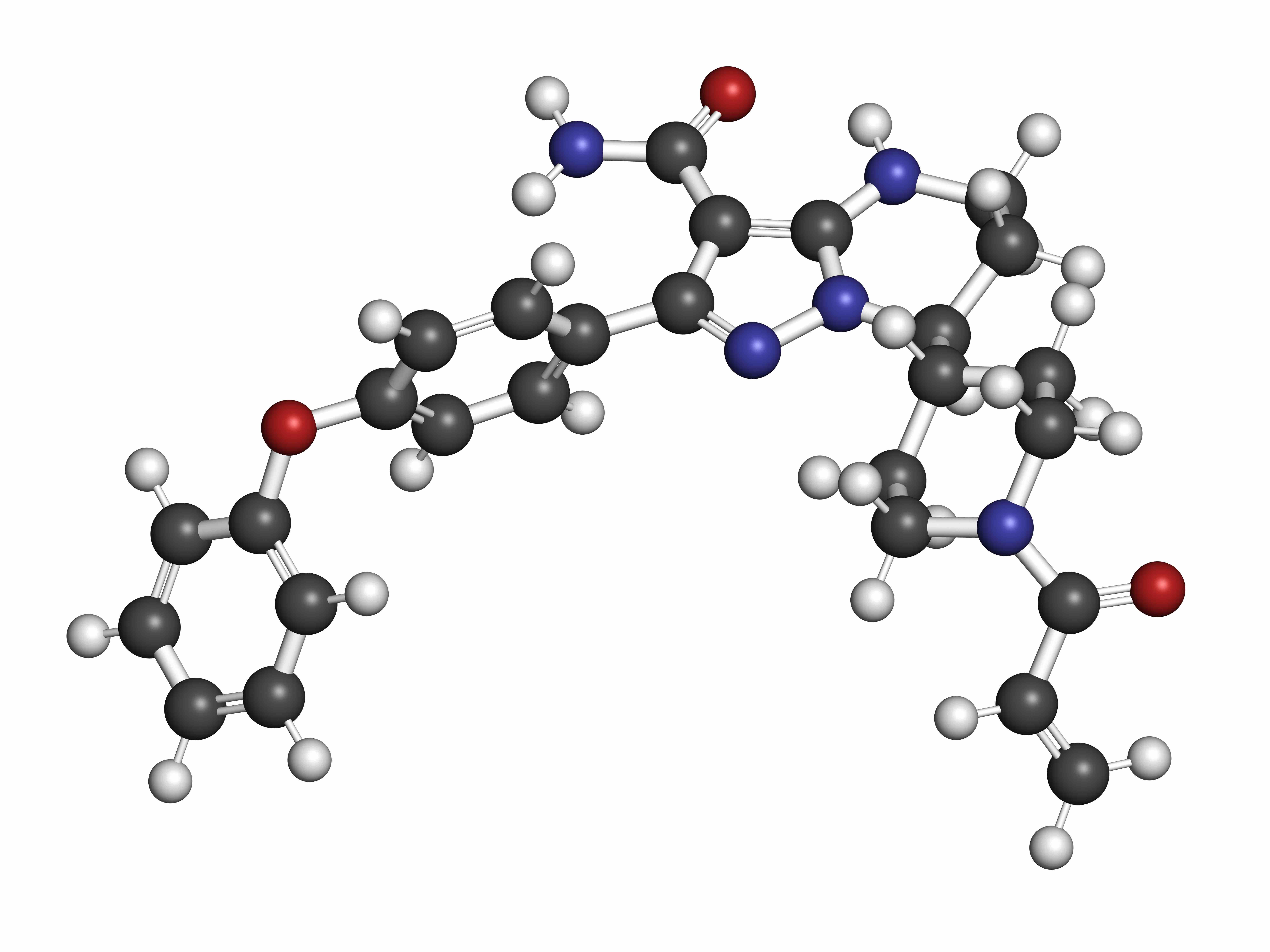Article
Detecting and Treating Febrile Neutropenia in Patients With AML
Author(s):
In a series of interviews with MD Magazine, Yoav Golan, MD, MS, FIDSA, discussed some health risks for patients with acute myeloid leukemia who are experiencing neutropenia.
In a series of interviews with MD Magazine, Yoav Golan, MD, MS, FIDSA, spoke about some health risks for acute myeloid leukemia (AML) patients who are experiencing neutropenia. Golan, an attending physician and associate professor of medicine at Tufts University School of Medicine in Boston, MA, explained that bacterial infections are especially dangerous for these patients due to their low white blood cell count. These infections can then cause febrile neutropenia, which must be diagnosed and treated carefully.
Whether in a hospital or in their own homes, individuals with AML are exposed to a number of microbes that can cause disease. Chemotherapy and vascular lines can disrupt the membranes of the skin, gastrointestinal tract, and upper airways, making it easier for bacterial pathogens to invade. Additionally, due to the low white blood cell count, AML patients have very little support from their immune system and must rely on antimicrobials to fight these infections, said Golan. Due to this ineffective immune response, neutropenic patients often do not present with the expected inflammatory signs of infection, making it harder for physicians to detect. The risk of infection is higher for individuals with severe neutropenia (less than 100 cells/mL) that has continued for longer than one week.
These infections can often manifest in febrile neutropenia, defined as a fever over 100.5 degrees Fahrenheit in conjunction with neutropenia of less than 1000 cells/mL. Around 70% to 75% of neutropenic fever cases are caused by bacterial infections in this immunocompromised population. In cases of suspected febrile neutropenia, 2 separate blood cultures should be taken, along with urine or sputum cultures if indicated by the patient’s symptoms.
Treatment should begin as soon as febrile neutropenia is documented, as earlier initiation of therapy is directly linked to better outcome, Golan said. The treatment regimen should include coverage for Pseudomonas, Methicillin-resistant Staphylococcus aureus, and any other pathogens based on the patient’s symptoms. High-risk patients with more severe neutropenia that lasts over a week should be administered preventative antibacterial prophylaxis, often in oral antibiotic form.




